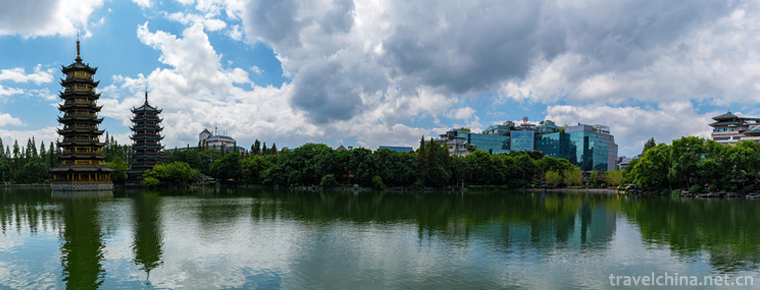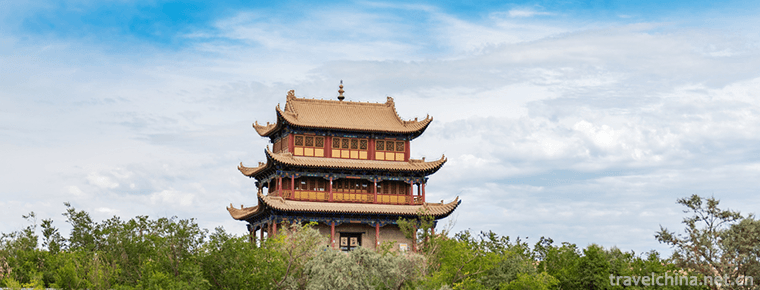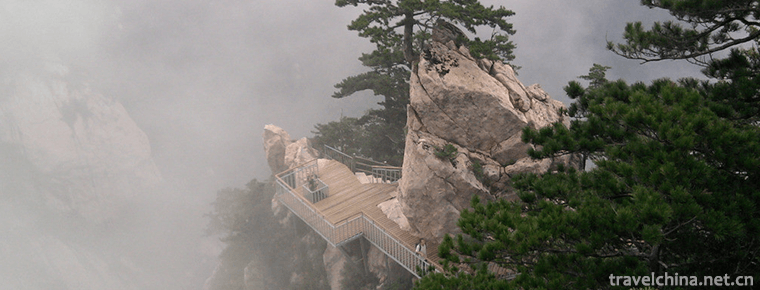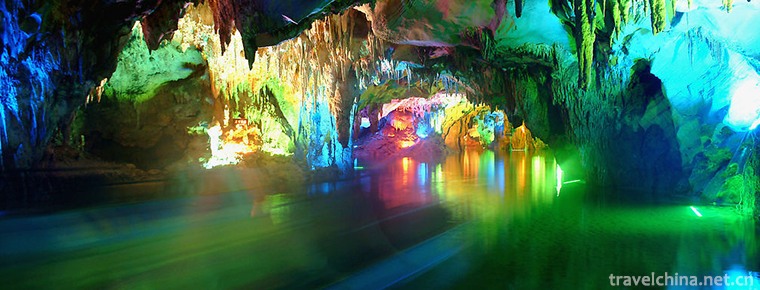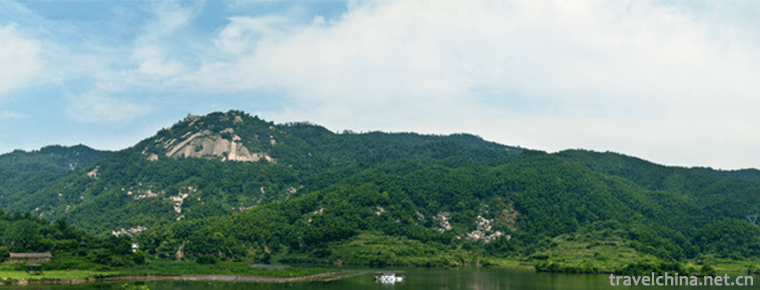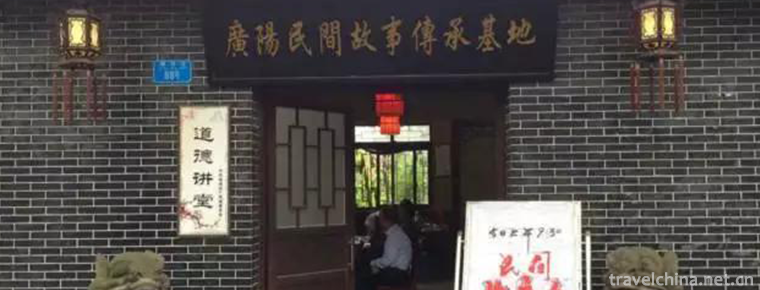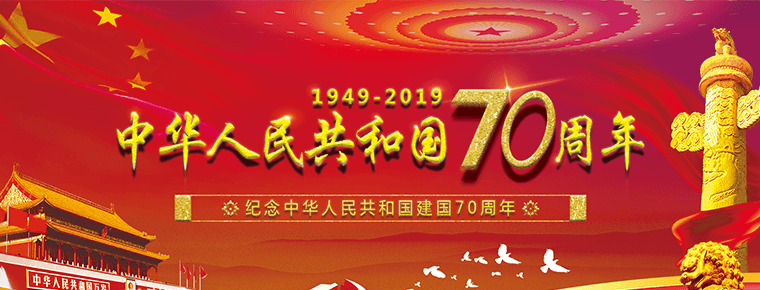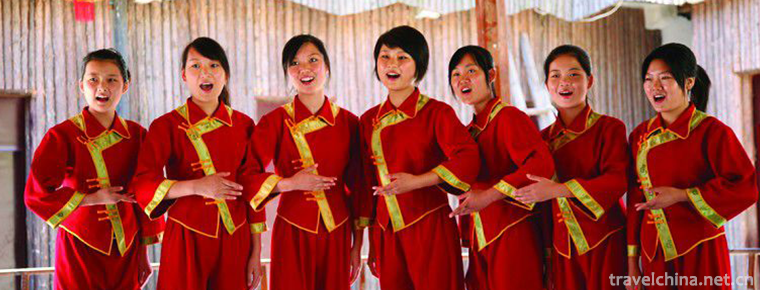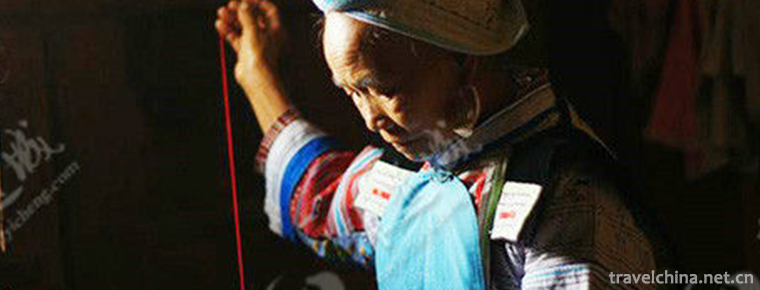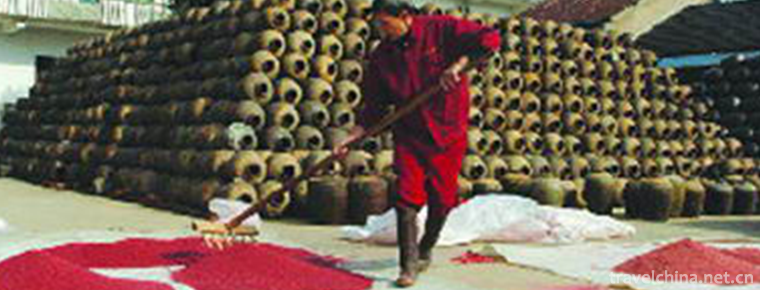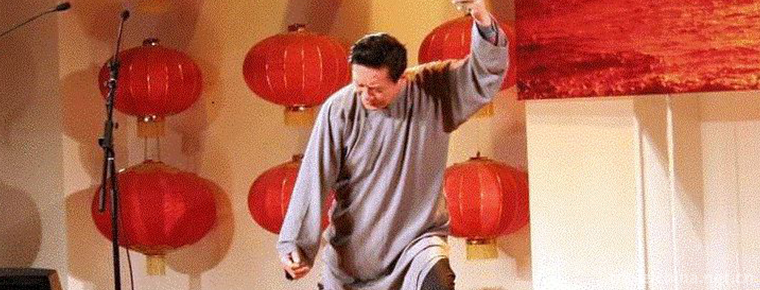Lv Opera
Lv Opera
Lv Opera, also known as masqueraded Yangqin and Qinxi Opera, National intangible cultural heritage, one of the eight major Chinese operas, Shandong's most representative local operas, is popular in most of Shandong and parts of Jiangsu, Anhui and Northeast Provinces. It originated in the Yellow River Delta north of Shandong Province and evolved from Shandong Qinshu. Its music belongs to the board cavity and sings music cards. The main accompanying instruments are the pendant piano (main string), the dulcimer, the three strings and the pipa, which are called "four pieces of Lv Opera". With simple and vivid language, beautiful and melodious singing voice and rich and colorful music vocabulary, it is deeply loved by the broad masses of the people.
Around 1900, Lv Opera was moved to the stage; after 1917, Lv Opera Troupe entered Jinan, Dalian and other cities to perform; in 1951, the first Lv Opera Troupe of Jinan City (Jinan Lv Theatre) was established; in 1953, the first provincial Lv Opera Troupe of Shandong Province (Shandong Lv Theatre) was founded . During this period, Lang Xianfen, Lin Jianhua, and Lin Jianhua were well-known throughout the country. Li Daijiang and other artists, as well as "sister easy to marry", "forced marriage" and "sister-in-law Li remarried" and other well-known plays.
In its heyday, there were nearly 100 professional Lv Theatre Troupes throughout the country, affecting Shandong, Jiangsu, Anhui, Hebei, Heilongjiang, Jilin, Liaoning, Xinjiang and other provinces and cities. Binzhou Lvyi Town was appraised as "the hometown of Chinese Lvyi Opera Art" by the Ministry of Culture.
Debate over Origin
Lv Opera is developed from Shandong Qinshu, the most important form of opera in Shandong Province. It can best represent Shandong style, which has reached a broad consensus in the academic circles. However, as a form of drama, there are different opinions about where Lv Opera originated first.
Boxing says
Around 1880 (the sixth year of Guangxu in the Qing Dynasty), Sun Zhongxinben and Liu Luanfeng and other singing artists collaborated to play storytelling songs, such as "the stepmother beats the child" and "Judging the Qingyang" according to the characters in the story, and to imitate the style of the drama to make up the performance. At that time, the masses called this art form "singing small drama", and the main accompanying instrument was four strings. Later, in accompaniment, the dulcimer and the pendant were added. The singing tune changed from "Yangguang tune" to "sitting tune", and soon developed to "top-mounted dulcimer".
In 2007, Luyi Town, Boxing County, was awarded the honorary title of "China's Luyi Opera Art Town" by the Ministry of Culture.
Guangrao says
Around 1900, when Dianyuan, Cui Xinyue and Tan Minglun were inspired by the performances of Peking Opera and Wuyin Opera in the northern part of Le'an County (now designated as Dongying District), they first changed the book "Wang Xiaojie" into a costume show, which local people called "donkey play", while the actors called themselves "costume Yangqin". At that time, the main accompaniment instruments were the dulcimer and the pendant instrument. The main melody was "Fengyang Song". Later, it developed into "Siping" and added "Second Board" and so on.
In 2008, Niuzhuang Town in Dongying District was awarded the honorary title of "Home of Chinese Folk Culture and Art (Lv Opera)" by the Ministry of Culture.
Jiaodong says
About the origin of Lv Opera, there is another saying, that is, Jiaodong said. Around 1894, Weng Laoming, an artist of Jiaodong Qin calligraphy, gave a public performance of "Cosmetic Running Round Court" in "Three Strikes and Four Persuasions" in Dengzhou Prefecture (now Penglai). The masses called it "Jiaodong Jumping Play". After Jinan was named "Lv Opera" in the name of "Make-up Yangqin", skipping opera was renamed accordingly. Old artists formed the Penglai Jianguo Opera Troupe Lv Opera Troupe and the Lv Opera Troupe of Laiyang Special Area (today's Yantai Lv Theatre).
Orion of the Name
After the founding of the People's Republic of China, Tao Dun, vice-chairman of the Provincial Wenlian Federation, suggested that the name should be "Lu Opera", which Mr. Wang Tongzhao disagreed with. After the study, it was designated as Lv Opera. The origin of the name of Lv Opera, there are a lot of statements, generally there are the following:
Around 1900, Shi Dianyuan, an old artist, used to paste donkeys with paper and disguise to sing "Wang Xiao Catching up", which was welcomed by the masses. People called it Donkey Opera. Because of its poor elegance, it was transliterated into "Lu Opera" after deliberation and transliteration by some literati.
In 1917, Lv Opera entered Jinan Palace. The main opera performed was "Lv Dongbin Drugs". The local people did not understand the origin of this opera. They only heard that it was called "Donkey Opera", and because the main opera was "Lv" with the first word, the audience called it "Lv Opera".
The word "Lu" in Lv Opera originally refers to the word "Lu" in which twenty-five households belong to one lu. It means neighborhood opera and home opera. Later, in the process of rolling and spreading, "Lu" was simplified to "Lu".
In the past, most of the piano-speaking books were written by two couples or a family partner, and the content of the singing mostly reflected the love between men and women. They are called "Lv Opera" because they are "Lv Opera".
According to the old artists of Boxing County, Lv Opera was originally called poke opera. There are two reasons for this: first, because the main accompaniment instrument in singing is falling piano, and the fingers of playing falling piano are moving up and down, so it is called poking opera; and second, because there are six kinds of melodies in the twelve rhythms of Chinese music, which are called "Six Lvs", it is changed to "Lvxi". Another legend is that when the old artist Sun Zhongxin was famous for this kind of opera, he said that it was called poking opera when he was singing and poking vines to the end.
Artistic characteristics
Elegant and simple
Lv Opera music is gradually developed on the basis of "sitting tune" evolved from Shandong traditional folk songs. Its most prominent feature is that it is both "opera" and "opera art". Its aria is mainly composed of board chamber and singing music cards. The tune is simple and simple, beautiful and pleasant, flexible and easy to learn and sing. The basic board types are "four flat", "two flat" (including "stacking board" and "running water") and "doll". The accompaniment instruments of Lv Opera are divided into Wenchang and Wuchang. The main instruments in Wenchang are falling piano and dulcimer, followed by erhu, sanxian, pipa, flute and suona, which can be increased or decreased according to the plot. After the founding of New China, some Western orchestral instruments were added. Accompaniment mostly adopts the form of "learning tongue" (counterpoint). For example, the second board accompaniment imitates the first part of the aria, and the fourth flat accompaniment imitates the second part or the last part of the aria. The main accompaniment instruments in the martial field are leather drum, board, big gong, small gong, big cymbal, Tanggu and drum beating. The Gong and drum scriptures are absorbed from Beijing Opera and other operas.
Natural fluency
The singing method of Lv Opera is mainly true tone for both male and female voices, while the combination of true and false tones is used for individual tenors, which sounds natural and smooth. Lv Opera's singing style emphasizes the use of words to set up a tune, the use of emotional voice, articulation clear, natural spoken language. Moistening tone often uses slippery tone, tremolo and decorative tone. It combines with the soft tone, tremolo, striking tone and overtone of the main accompanying instrument, and integrates the transition tone and decorative tone brought by nature upside down to make the whole vocal cavity beautiful and smooth.
Close to the masses
The language of Lv Opera belongs to Jinan Mandarin of Northern Language Family. Its stress rule and pronunciation and pronunciation methods are similar to Putonghua. On the basis of Jinan Mandarin as the standard, the traditional stage dialect of Lv Opera emphasizes Shangyun, while the modern stage dialect directly uses Jinan Mandarin, which has distinct local characteristics. In the performance, Lv Opera is good at using the popular and vivid mass language as the drama words, and thus to shape the character image.
Inheritance of Intangible Heritage
Ministry of culture
Lv Opera is developed from Shandong Qinshu, the most important form of Shandong opera. Its style is simple and fresh. It can best represent Shandong style. It also reflects the simple characteristics of peasants in North China and Northeast China. It is an important part of Chinese culture. It was once called "Eight Chinese Opera Types" together with Peking Opera, Henan Opera, Yueju Opera, Opera Commentary, Huangmei Opera, Qin Opera and Sichuan Opera. The top ten classical Chinese operas listed in CCTV's "Digital Racing List" are Peking Opera, Henan Opera, Commentary Opera, Yueju Opera, Kunqu Opera, Opera, Huangmei Opera, Lv Opera, YueDiao Opera and Shanghai Opera.
In 2008, Lv Opera was listed as the national intangible cultural heritage by the Ministry of Culture. The Chinese Academy of Opera rehearsed the Lv Opera "Bitter Cauliflower" in 2014, which won wide acclaim.
National non-hereditary successors: Lang Xianfen, Li Daijiang, Lin Jianhua, Li Yu, Wang Yongchang.
Shandong Province
Lv Opera is well inherited in Shandong Province. Jiang Hui, a non-relic of the Provincial Department of Culture, said that Shandong could regularly perform 23 operas, all of which were endangered except Lv opera. Shandong Province actively organizes activities such as "Lv Opera Huaxia Xing", "Lv Opera Art Festival" and "Provincial intangible cultural heritage month", implements Lv Opera Art Revitalization Project, and organizes the production of "Watching Grand Opera".
Provincial inheritors of intangible cultural heritage in Shandong Province: Lang Xianfen, Li Daijiang, Lin Jianhua, Li Yu, Wang Yongchang, Ma Standing Committee, Du Ruijie, Li Ping, Gao Jinghua, Hu Jinghua, Li Xiaojiang, Dong Jialing, Jiaoli, Wang Shuzhi, Luan Shengli and Su Zhi.
Jiangsu Province
Lv Opera is widely spread in northern Jiangsu Province, rooted in the late Qing Dynasty and the early Republic of China. It has been listed in the third batch of provincial intangible cultural heritage in Jiangsu Province. Its representative works are "Remarrying Mrs. Li Erwei", "Sisters Easy to Marry", "Borrowing New Year", "May 9 Seeing Willows", "Shanxiang Qing", "Strawberry Buckles", "Naming Dad" and so on. In 2015, Jiangsu Performing Arts Group Donghailu Opera Troupe rehearsed "The Red Cover Not Opened" and won the Chinese Opera Society Award.
Provincial Inheritor of intangible Cultural Heritage in Jiangsu Province: Xu Suping
Jilin Province
Lv Opera is the representative of the culture of "breaking through the eastern part of the Pass". It is a new traditional opera performing art with multi-cultural connotation bred by the blending of the Central Plains culture and the eastern part of the Pass. Jilin Province has been listed as provincial intangible cultural heritage.
The first generation of inheritors: Li Wanliang, an immigrant from Guangrao, Shandong Province, Liangshui Hezi Town, Liuhe County, in the late Qing Dynasty;
The second generation of inheritors: in the 1930s, Li Wanliang passed on his singing skills to his son-in-law, Li Xiushan;
The third generation of inheritors: Tonghua Youth Lv Opera Troupe was founded in 1960. Old artist Li Xiushan accepted Zhou Guifang, Fu Hongjuan and Wang Yanwu as apprentices.
The fourth generation successors: in the 1970s, Feng Renzhi and Jintaishi;
The fifth generation of successors: in the 1980s, Wang Huan'e, Meng Fanzhi, Ma Shihai and Liu Xingbo;
Sixth generation successors: Li Qiang, He Xinli, Yu Jingli and Fu Ming in the 1990s.
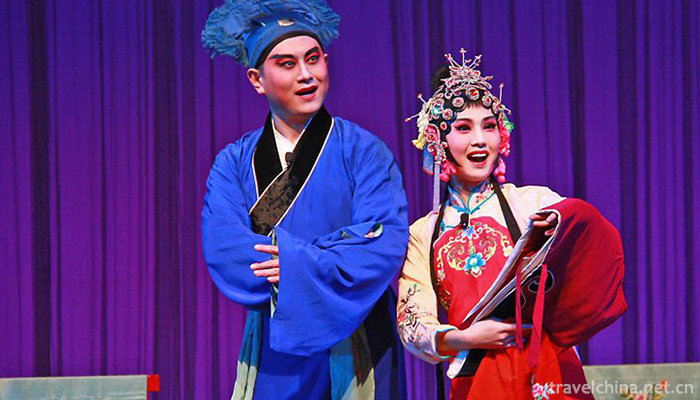
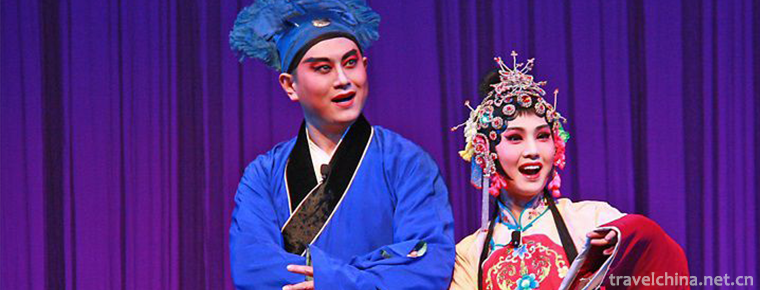
Lv Opera
-
Guilin two rivers and four lakes
Guilin's "two rivers and four lakes" refer to the Lijiang River
Views: 183 Time 2018-10-12 -
Jiayuguan cultural relics scenic spot
Jiayuguan: World Cultural Heritage, National AAAAA Tourist Scenic Spot, National Key Cultural Relics Protection Unit, National Patriotic Education Demonstration Base.
Views: 195 Time 2018-12-12 -
Guilin Yaoshan Scenic Area
Yaoshan is located in the eastern suburb of Guilin City, 8 kilometers away from the city center. The main peak is 909.3 meters above sea level and 760 meters above sea level. It is the highest peak in
Views: 171 Time 2019-01-13 -
Luxi County Alu Ancient Cave Scenic Area
The Alu Gudong Scenic Area is located in southeastern Yunnan Province, 2 kilometers west of Luxi County Town, Honghe Prefecture, Yunnan Province. "Alu ancient cave" is a Yi language,
Views: 147 Time 2019-02-06 -
Lion Peak in Meiling
Lion Peak in Meiling is a combination of Lion Peak, Panxi Lake and Wangshijian. The mountain is like a squatting lion, so it is called Lion Peak. Lion Peak in Meiling is only 260 meters
Views: 331 Time 2019-02-07 -
Folk Stories in Guangyang Town
"Guangyang Folk Stories" is the general name of folklores and stories widely spread in Guangyang Town. Guangyang folk tales are popular in the local area.
Views: 211 Time 2019-05-01 -
The 70th Anniversary of the Founding of New China
On January 11, 2019, the Third Plenary Session of the 19th Central Discipline Inspection Committee of the Communist Party of China opened in Beijing. Xi Jinping, General Secretary of the CPC Central
Views: 617 Time 2019-05-04 -
Lv Jiahe Folk Song
Lvjiahe Folk Song is a kind of folk song which is popular in Lvjiahe Village, Guanshan Town, Danjiangkou City, Hubei Province. Located in Wudang Mountain Scenic Area, the village retains a large numbe
Views: 215 Time 2019-05-15 -
Miao embroidery
Miao embroidery refers to the embroidery skills inherited by the Miao people in China. Miao embroidery in Leishan County, Guiyang City and Jianhe County of Guizhou Province has different forms and sty
Views: 168 Time 2019-06-05 -
Traditional Brewing Techniques of Brewing Wine
The traditional brewing technology of Jinhua liquor is the traditional handicraft technology of Jinhua City, Zhejiang Province. The typical representative and complete remains
Views: 154 Time 2019-06-07 -
Shandong Express Book
Shandong Quick Book, originating from Shandong Province's local traditional folk art form, has a history of more than 100 years. It was first popular in Shandong, North China and Northeast China, and
Views: 182 Time 2019-06-13 -
Guangan hydrology
There are two main streams of Jialing River and Qujiang River in Guang'an City. There are more than 700 large and small rivers and streams. There are 35 primary and secondary tributaries with a drainage area of more than 50 square kilometers. Among the
Views: 343 Time 2020-12-19
